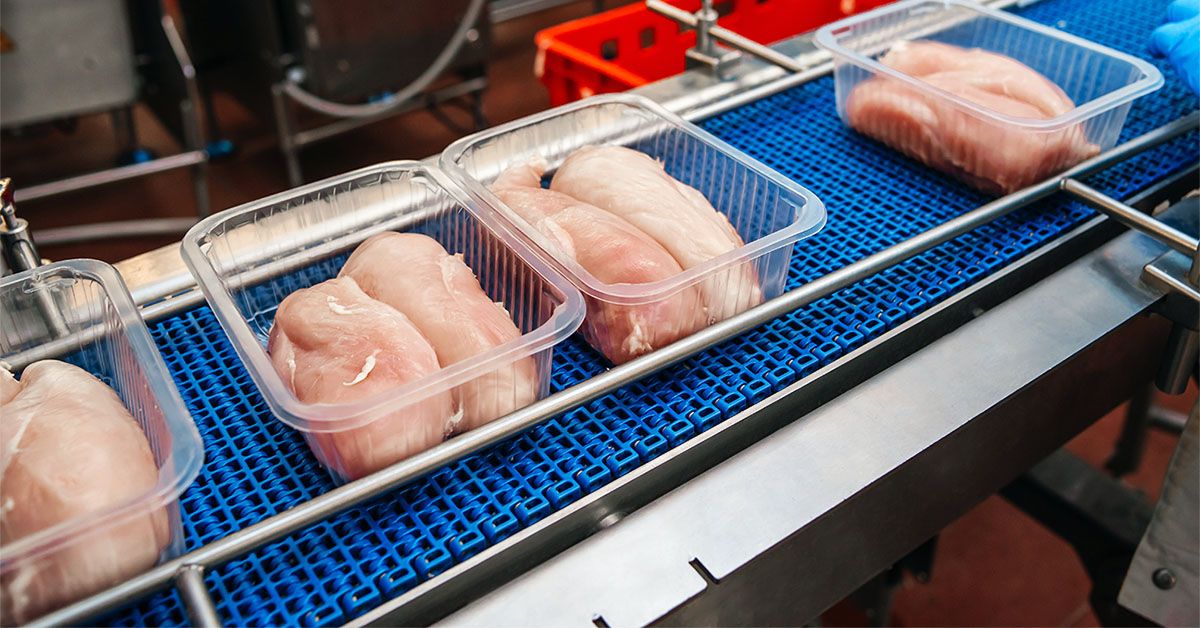A new study finds that nearly one-fifth of urinary tract infections (UTIs) can be linked to E. coli bacteria in chicken, turkey, pork, or beef. Researchers say animal-borne infections are more likely to affect people living in low-income areas, females, and older adults. Industrialized farming is likely encouraging the presence of the bacteria responsible for these infections. Best prevention practices remain the same: careful handwashing and maintaining clean food-preparation surfaces.
The study, published in mBio on October 23, found that 18% of UTIs were linked to animal-based foods. Chicken and turkey were most closely associated with zoonotic infections, followed by pork and then beef.
UTIs are primarily caused by the bacteria Escherichia coli (E. coli) and are among the most common bacterial infections globally. E. coli is present in both humans and animals, and recent research suggests zoonotic transmission from animals may be an under-recognized reservoir of human infections.
UTIs account for about 8 million doctor visits each year in the U.S. About 10 in 25 females and 3 in 25 males will experience a UTI at some point. Symptoms include painful urination, cloudy or unusually odorous urine, and frequent urination. Antibiotics are usually effective.
The research involved 23,483 subjects with UTI in eight counties in Southern California. The team analyzed 12,616 E. coli isolates from retail chicken, turkey, pork, and beef purchased in the area. The authors believe the findings are likely applicable nationwide. “These infections are likely to occur anywhere the contaminated meat is consumed,” said senior author Lance B. Price, PhD, professor at the Milken Institute School of Public Health at The George Washington University. “Most of the meat and poultry produced in the United States is distributed across the country,” Price told Healthline.
Around 88% of the UTIs reported in the study occurred in females, consistent with the fact that females are much more likely than males to acquire a UTI. Sherry Ross, MD, OB-GYN and women’s health expert at Providence Saint John’s Health Center in Santa Monica, explained that female anatomy makes bladder infections more likely: a short urethra close to the anal area increases the chance of bacteria reaching the bladder. She noted that E. coli-contaminated meat can be transferred to hands and surfaces and then to the anal area, increasing risk.
Socioeconomic factors also drive UTI infection rates. “One of the bottom lines from our study is that people living in the poorest neighborhoods are at the greatest risk for getting food-borne UTIs,” Price said. People in low socioeconomic areas had a 1.6-fold increased risk of zoonotic UTIs compared to those in higher-income areas. The infection rate in low socioeconomic areas was as high as 21.5%, about 60% greater than in higher-income areas. Hispanic people had around 37% more UTIs than non-Hispanic white people, at 31%.
Price proposed that industrial agricultural practices are likely amplifying UTI rates caused by E. coli. “Livestock producers could vaccinate against the highest risk strains of E. coli to eliminate them in the animals and, potentially, reduce disease in humans and the animals themselves,” he said. Ross noted that while stool containing E. coli was traditionally assumed to be transferred during sexual activity, studies now show the bacteria can come directly from animal sources if proper hand hygiene is not followed.
In the home, you can reduce the risk of zoonotic infection with strategic food safety practices. Ross shared tips to help lower UTI risk:
– Practice good hygiene when handling food — wash your hands thoroughly before and after handling raw meat and during food preparation.
– Practice proper hygiene after using the restroom — wash your hands thoroughly.
– Cook poultry, pork, and beef thoroughly — avoid eating undercooked or raw animal foods.
– Avoid cross-contamination in food preparation — do not cut raw meat on the same surfaces used for preparing other foods.
The research suggests animal foods may be an under-reported source of UTIs, widening the view of prevention to include stronger protection of the public food supply.




